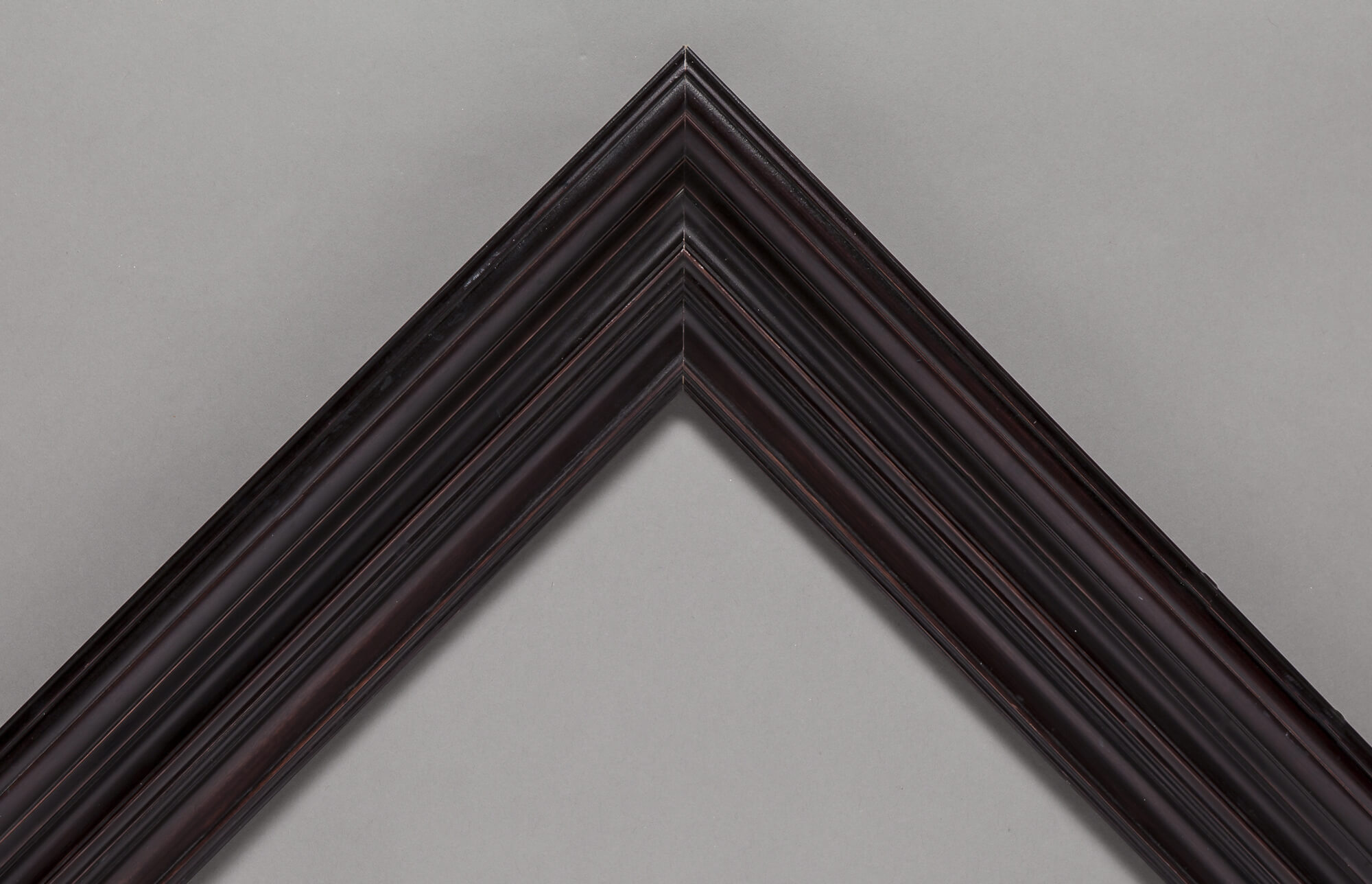The frames which today we refer to as ‘Dutch’ originated in the Golden Age of 17th Century Holland with the art of Rembrandt, Hals, van Ruisdael and de Hooch. The dominance of calvinism and its restrained, modest aesthetic created designs which, whilst exquisitely made, were essentially plain, ornament-free, to complement the sombre palate of these portraits, “room-views” and still lives. Such dark frames perfectly suited both the low levels of light in the paintings and the setting of a merchant’s home.
The Rijksmuseum and the Mauritshuis collections demonstrate the power of such simplicity in framing, typified by a flat 2” box frame with a slight ripple to the sight edge. A sketch by Rembrandt describes his design for such a frame to be used on his portrait of Maria Trip.
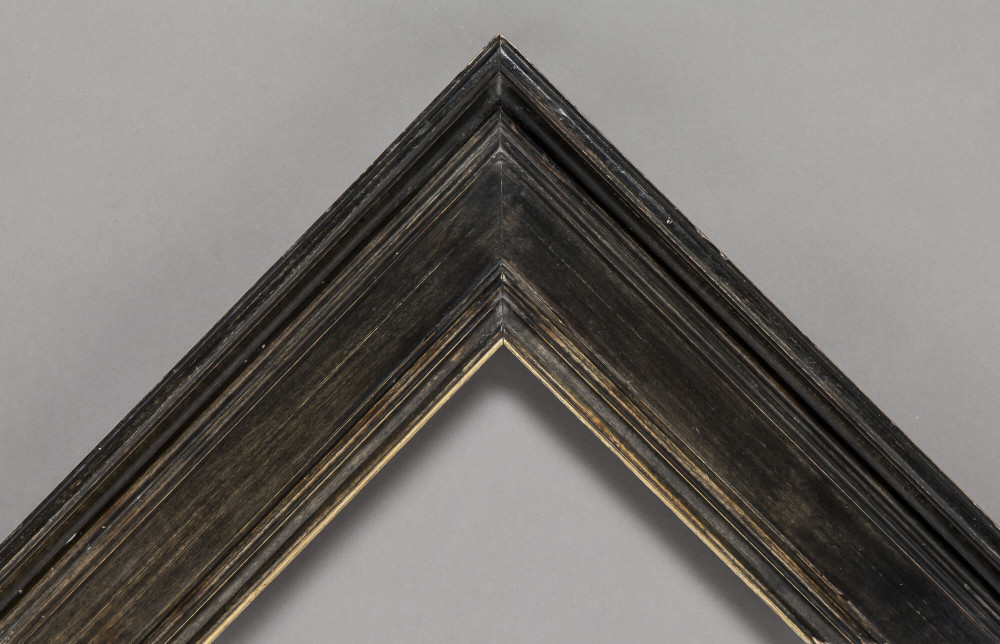
Bourlet’s Dutch fine art frames are designed around 8 basic profiles, illustrated here.
These classic frames have an obvious appeal and relevance for paintings of all genres and periods; they sit particularly well on contemporary works. Today, their strong forms can be gilded, painted or veneered, as well as simply stained.
For a Dutch master, we would now make the frame in pear wood as ebony is now an endangered species. A less expensive approach might substitute tulip wood. But we like to think that our predecessors in Rembrandt’s Amsterdam or Vermeer’s Delft might recognise the craftsmanship.
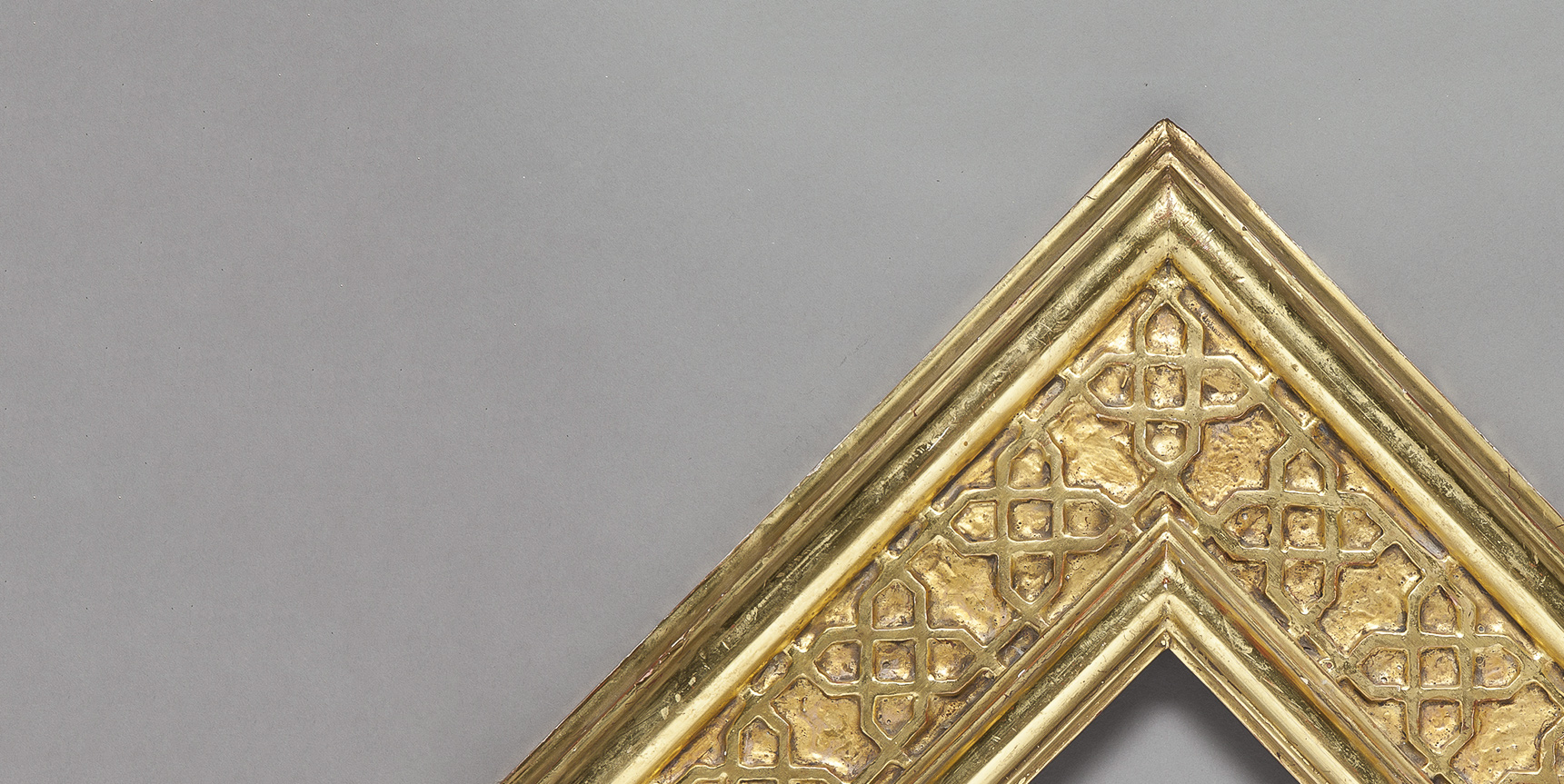
Islamic
To achieve a jewel-like intensity, at Bourlet we gild each frame not just once but twice, adding a lavish second layer of gold leaf to increase depth.
 Download profile
Download profile 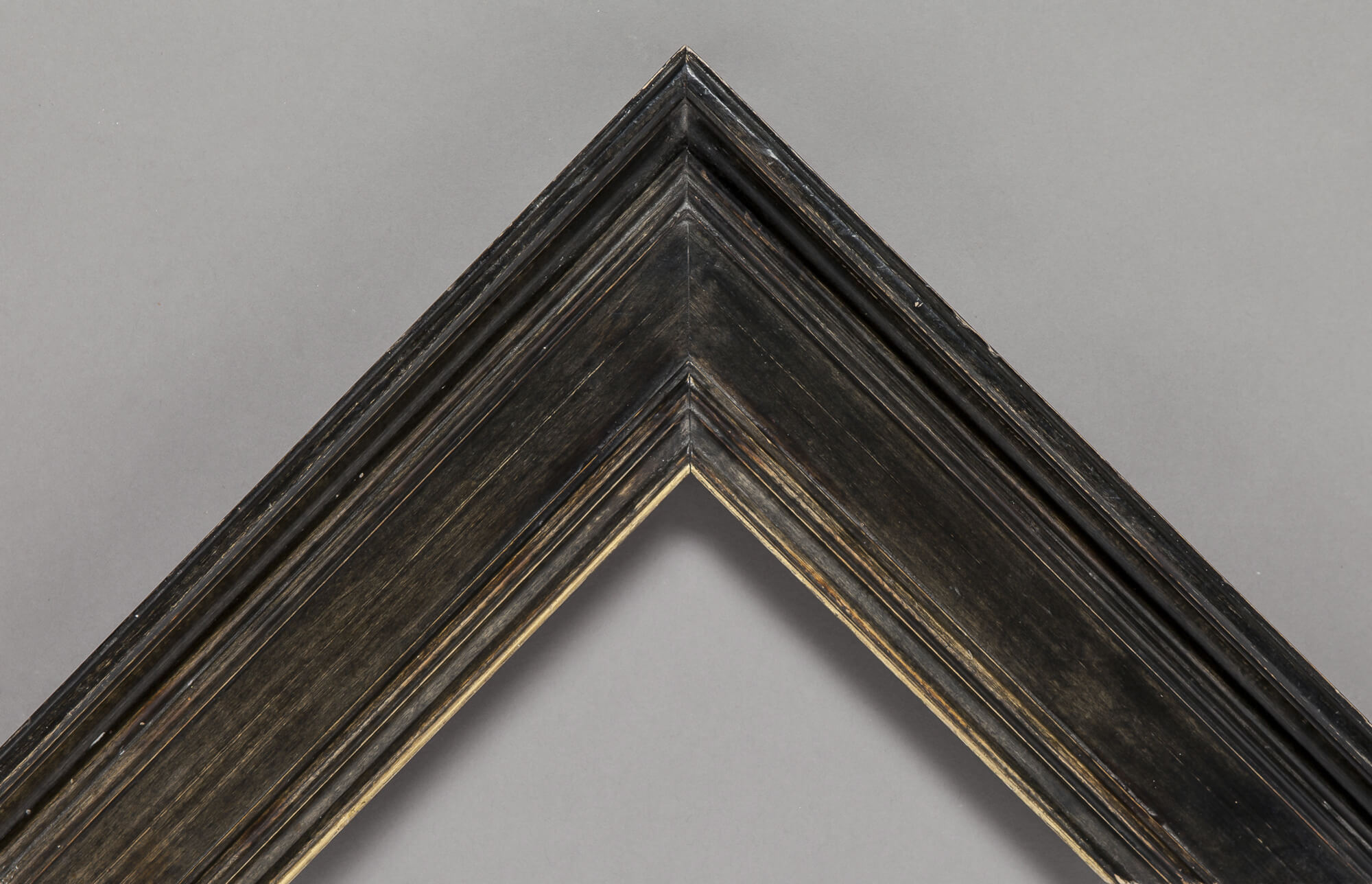
 Download profile
Download profile 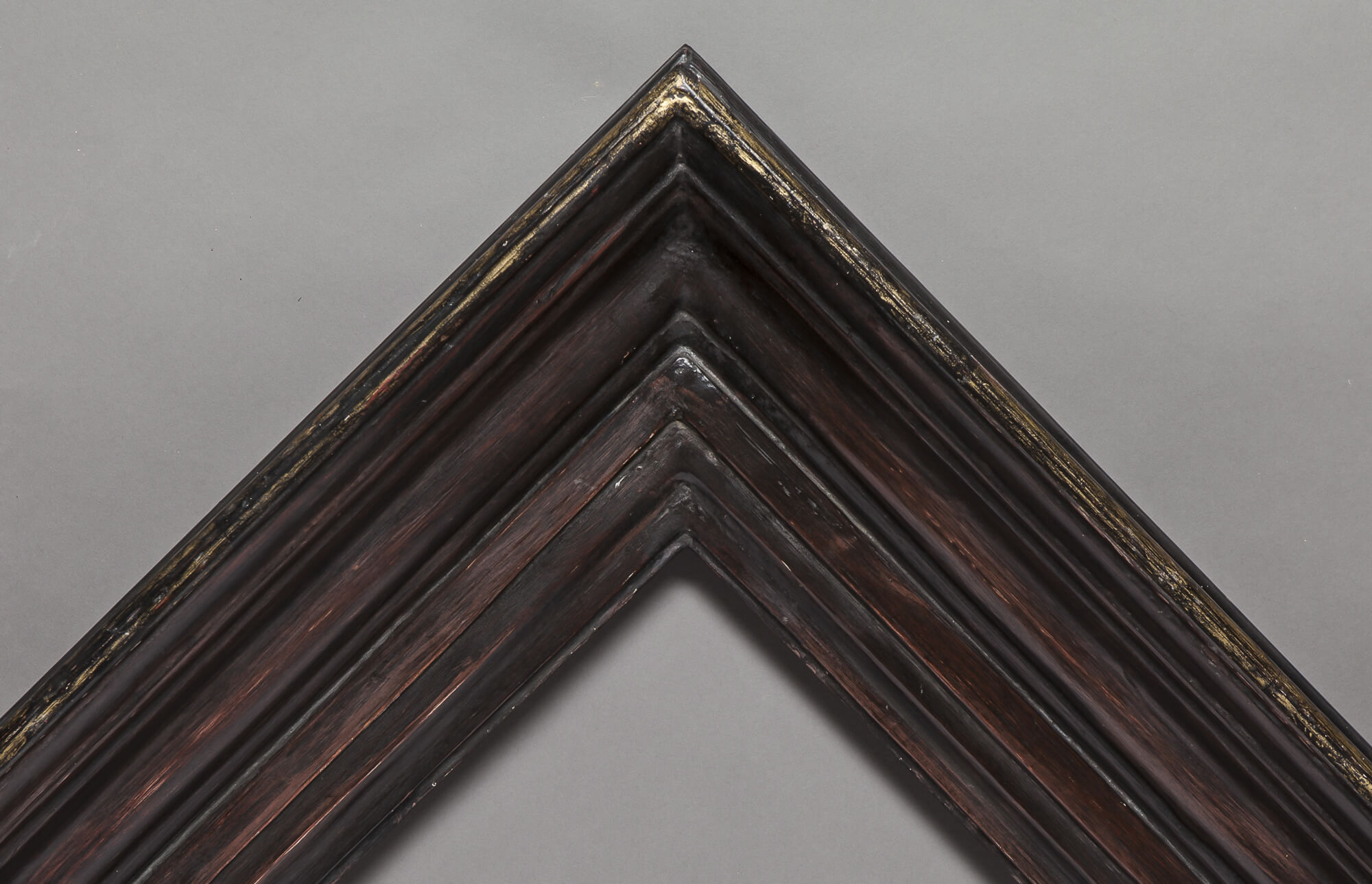
 Download profile
Download profile 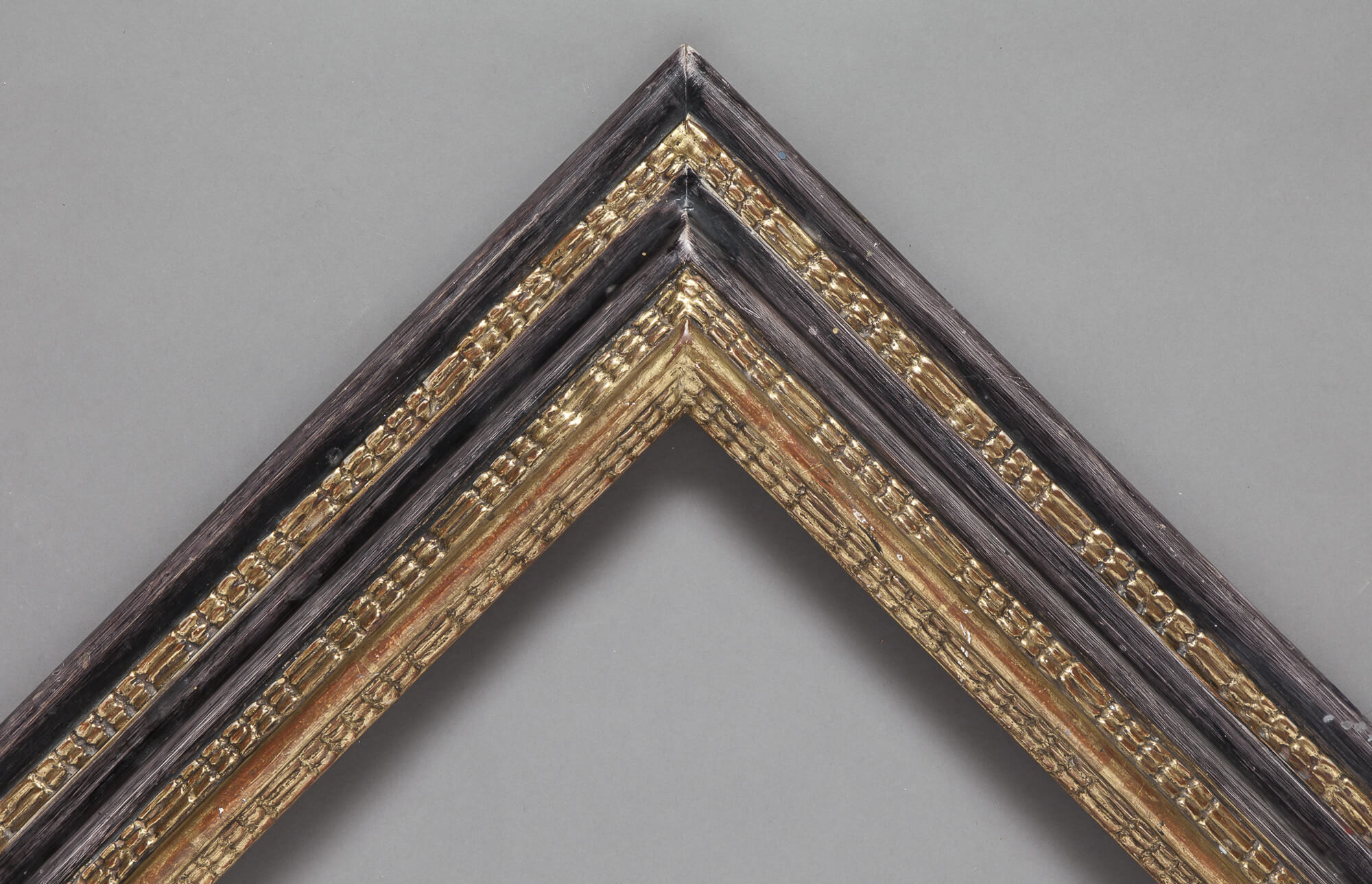
 Download profile
Download profile 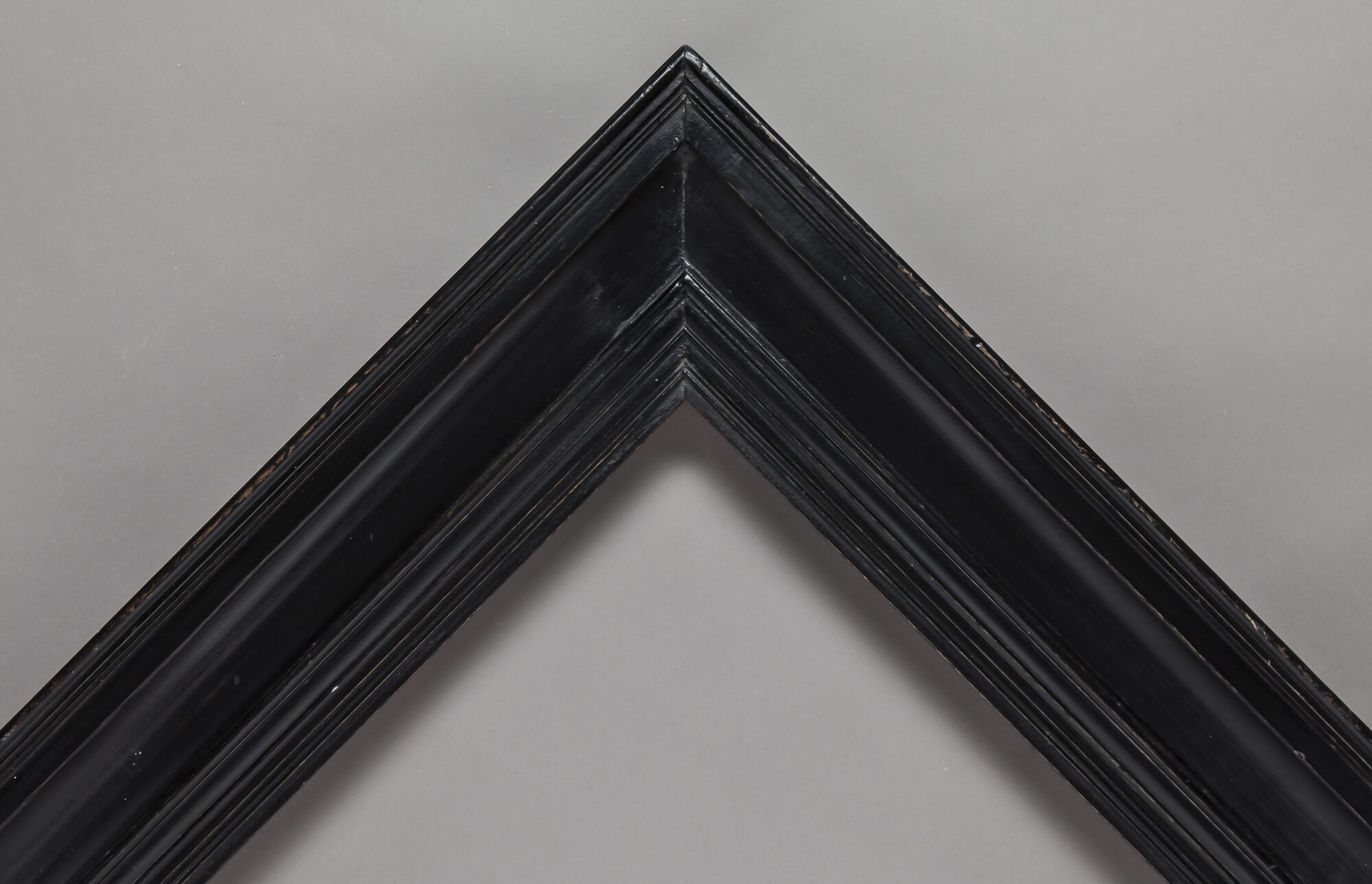
 Download profile
Download profile 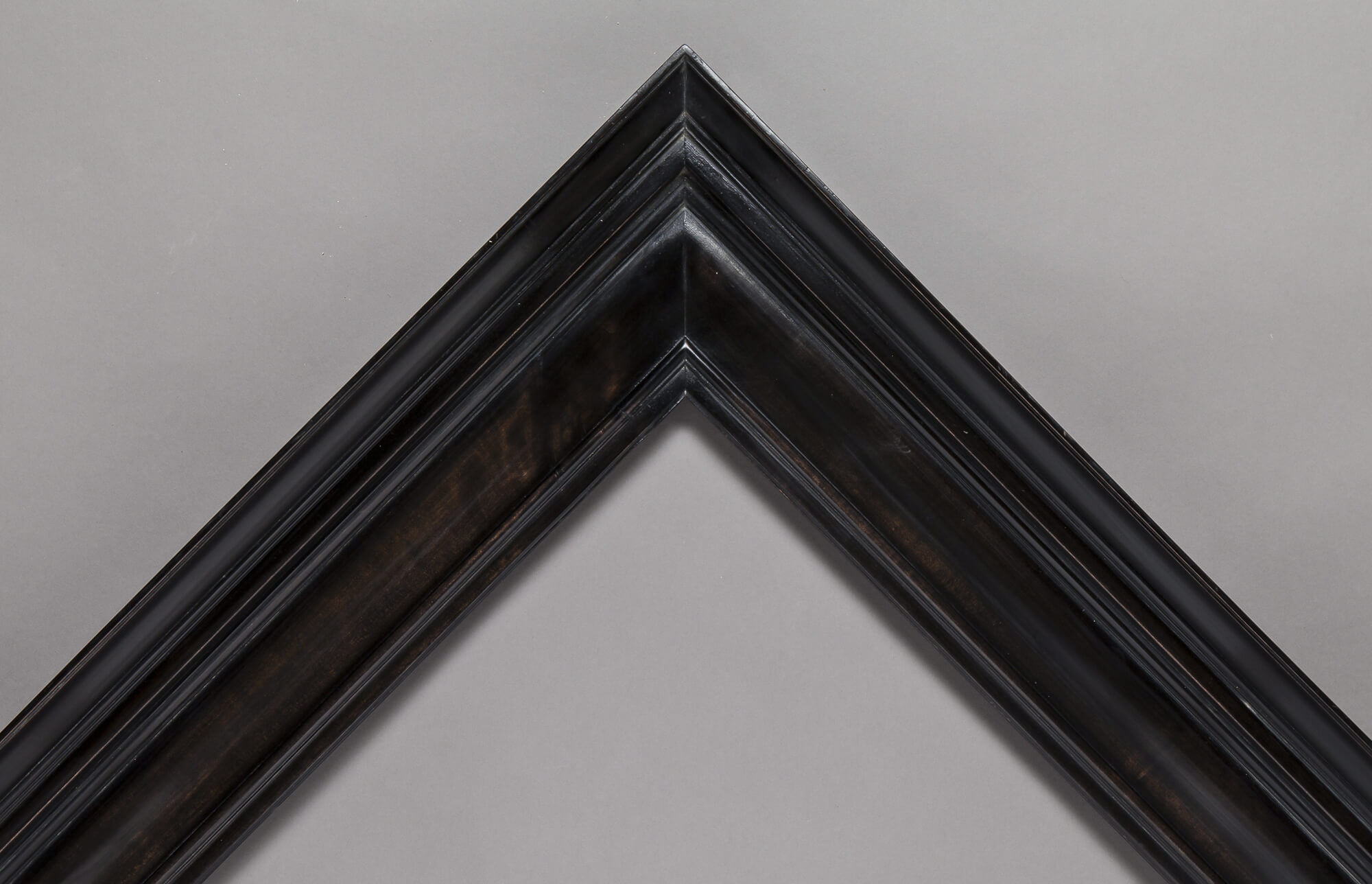
 Download profile
Download profile 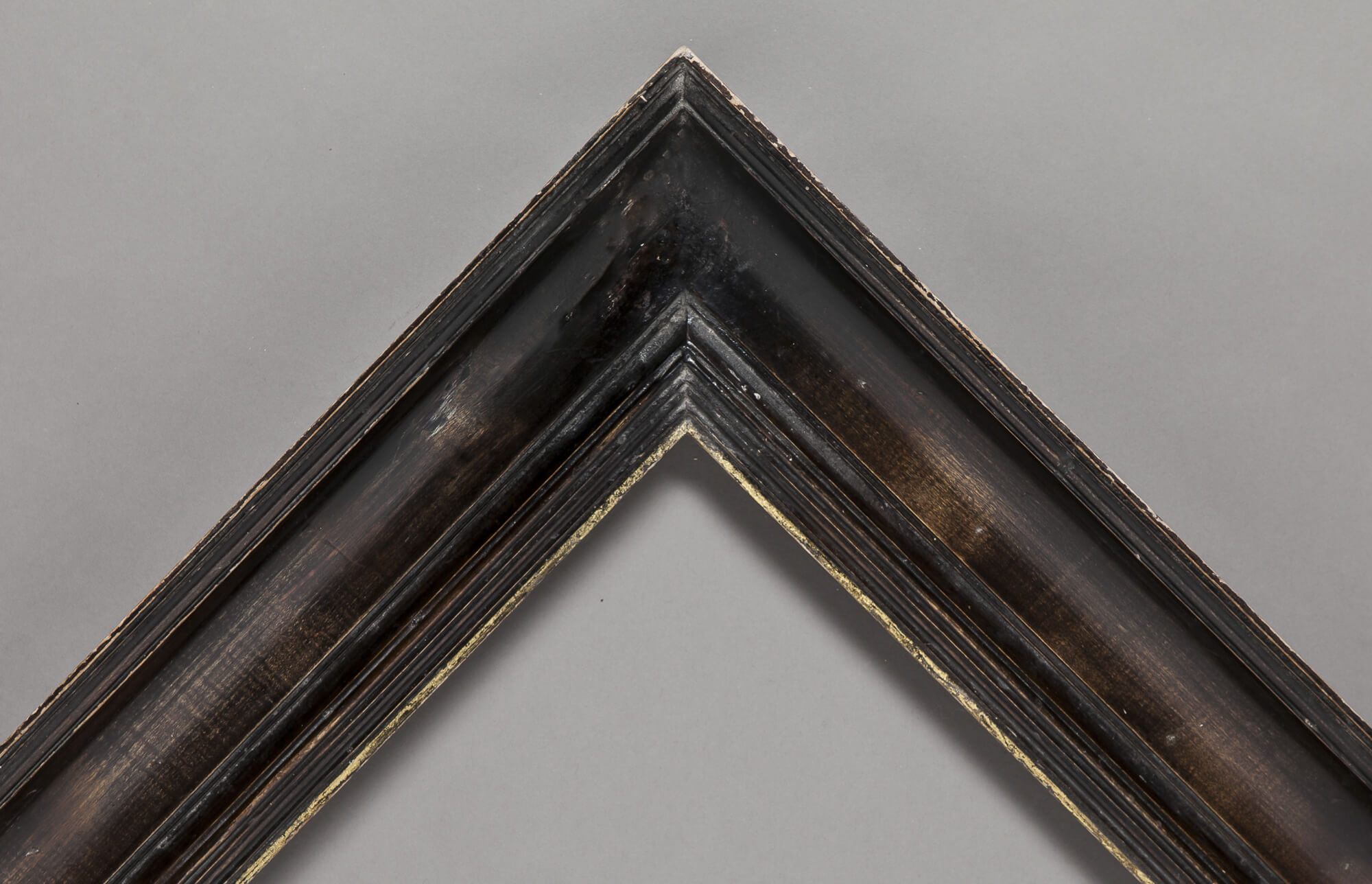
 Download profile
Download profile 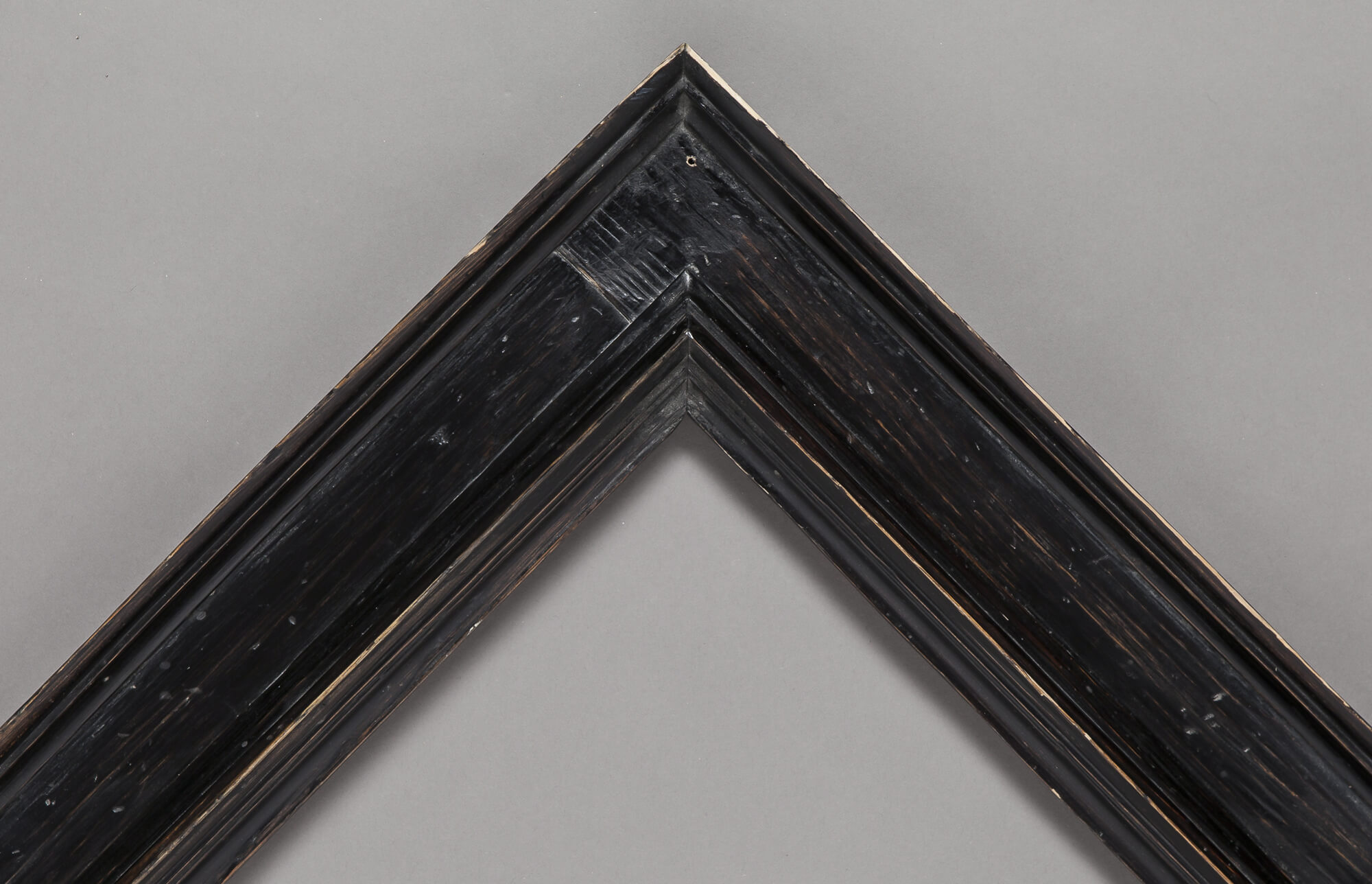
 Download profile
Download profile 